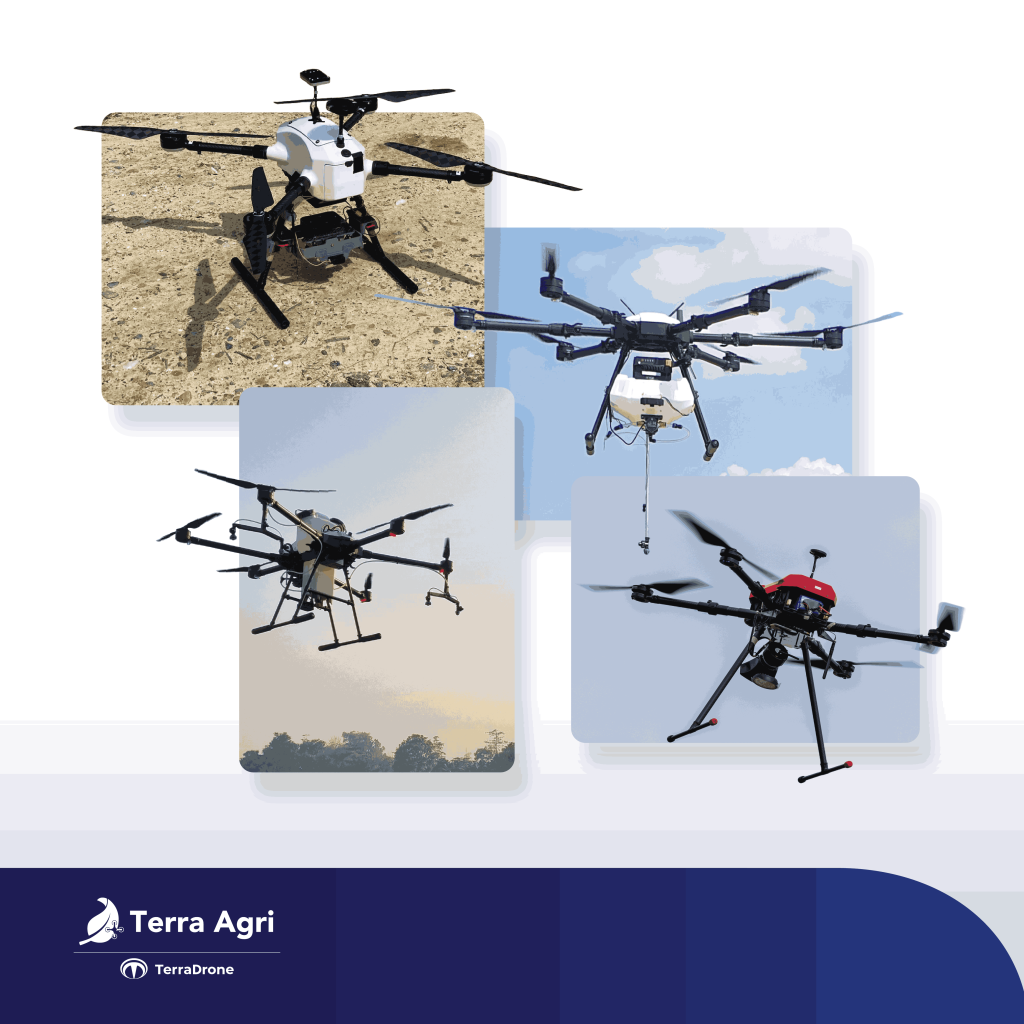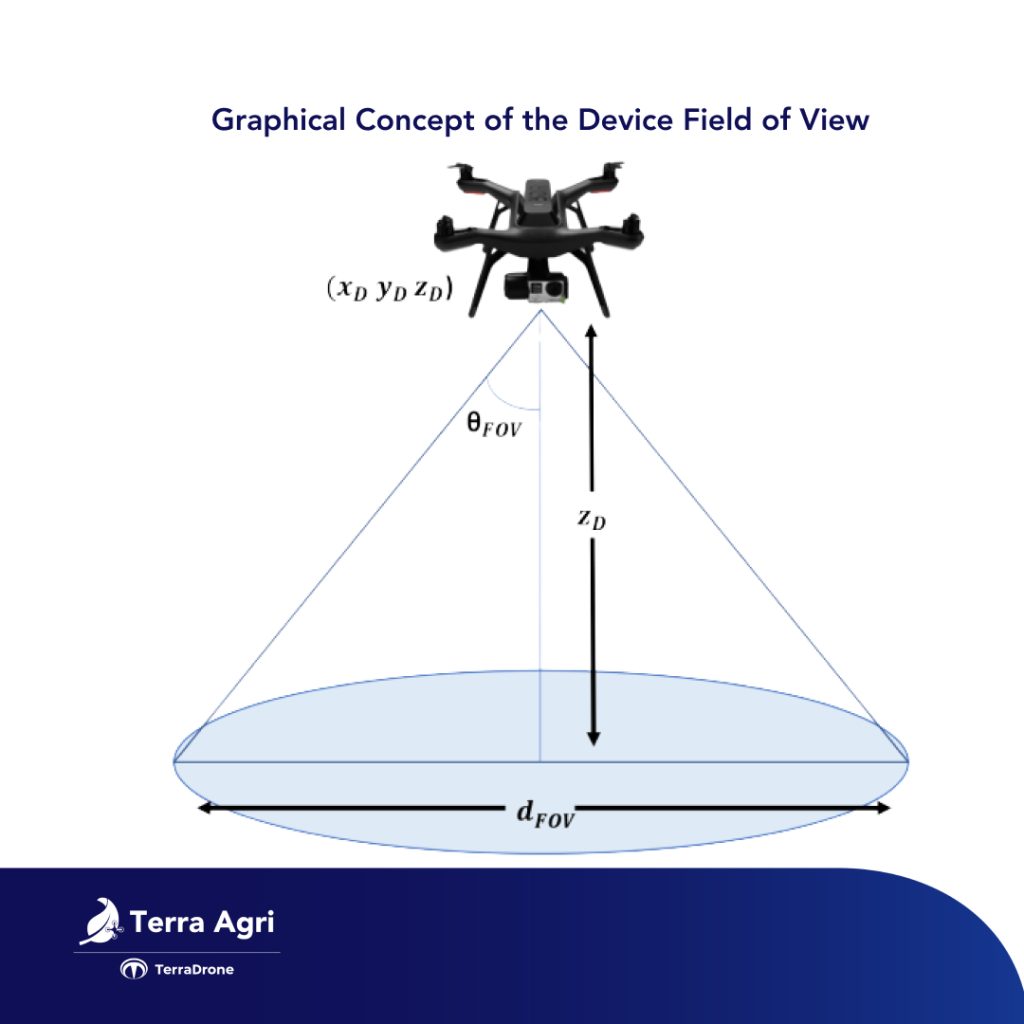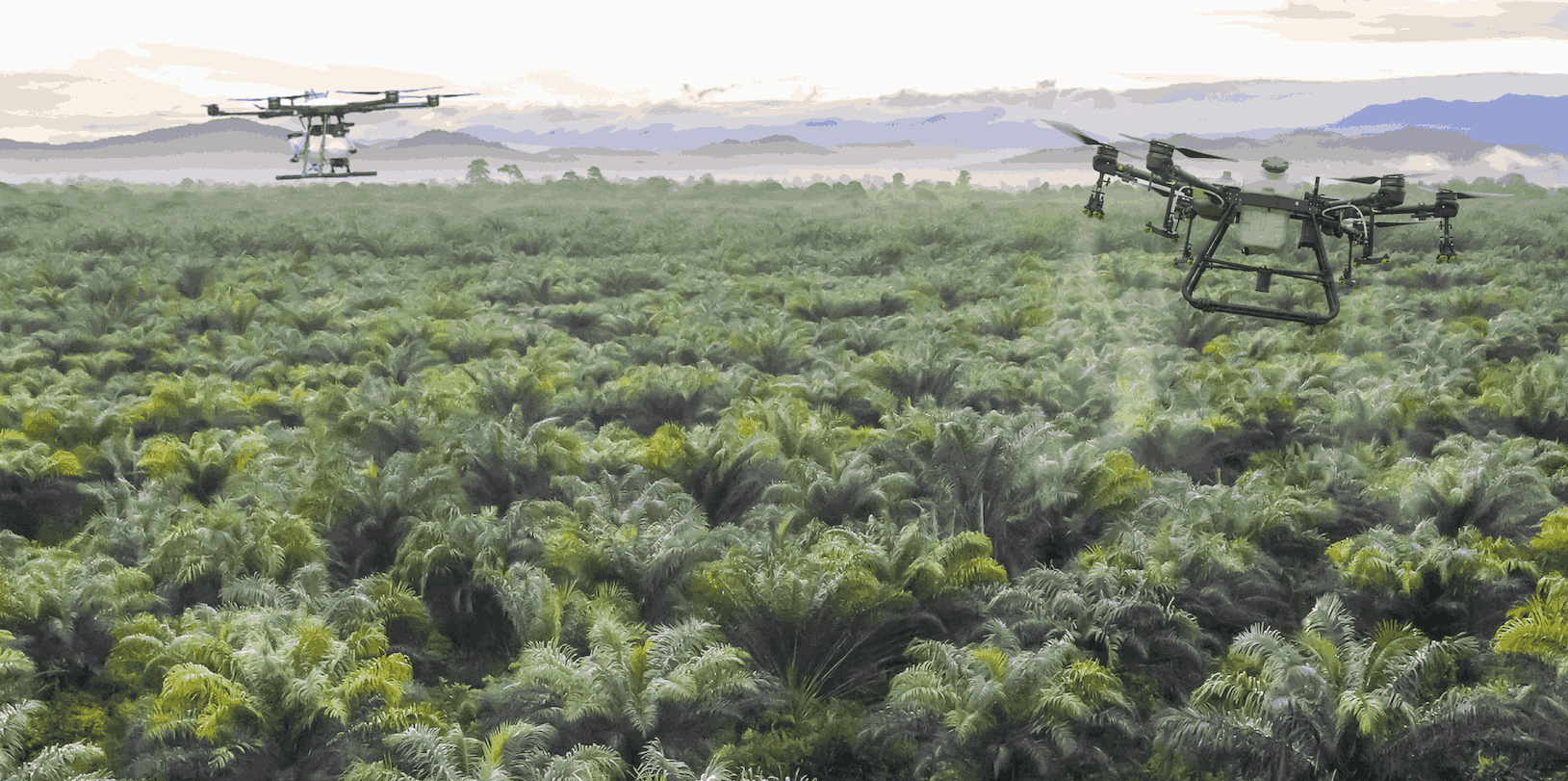Agriculture drones have revolutionized modern farming by enabling precision agriculture techniques, enhancing crop yields, and reducing the need for manual labor. For farmers considering these drones, understanding their coverage capacity of agricultural drones is crucial. Several key factors come into play, including the drone’s technical specifications and the land’s characteristics. Let’s explore these variables, their impact on drone efficiency, and strategies to maximize your drone’s potential.
Key Factors That Affect Drone Coverage
The area covered by agriculture drones is influenced by several factors, including the drone model, battery life, payload capacity, crop type, terrain, and mission type. Each of these plays a significant role in determining the efficiency and total coverage of your drone.
Drone Model
Not all agriculture drones are created equal. Some are designed for small farms, while others are capable of covering vast expanses of land. Larger drones typically offer greater coverage capacity of agricultural drones due to enhanced battery life, larger payloads, and advanced navigation systems.
Battery Life
Battery life is a critical factor in determining a drone’s coverage range. Drones with longer battery lives can stay airborne longer, thus covering more area per flight. However, battery life is affected by factors such as drone speed, weather conditions, and mission type. Efficient power management during demanding tasks like spraying or seeding directly impacts the extent of agricultural drone coverage.
Payload Capacity
For tasks like spraying pesticides, herbicides, or seeding, payload capacity is crucial. A drone with a higher payload capacity can treat a larger area before needing a refill. However, carrying a heavier load often reduces battery life, requiring a balance between material capacity and flight duration. This trade-off impacts the agriculture drone coverage area.
Crop Type and Terrain
The type of crop and terrain can also influence coverage. Dense crops like wheat or corn may require more precise spraying, slowing down the drone’s flight. In contrast, open fields may permit faster flights and broader spray widths. Uneven or hilly terrain can challenge a drone’s navigation systems, affecting the agricultural drone reach and coverage. Adapting to different terrains is key for maximizing drone use across varied landscapes.
Mission Type
The specific mission impacts the drone’s coverage area. Different tasks, such as spraying, capturing aerial imagery, or planting seeds, place varying demands on battery life, speed, and payload. For example, spraying crops requires consistent speed and power, while aerial imagery can be captured at higher altitudes with less battery drain. The mission type dictates the practical coverage range of agriculture drones.
How to Maximize Your Agriculture Drone’s Coverage and Efficiency
Understanding the factors that limit coverage is just the start. To extend your drone’s range and effectiveness, consider these strategies:
Optimize Flight Paths
Planning efficient flight paths is crucial. Avoid excessive overlap between paths to conserve time and battery power. Use precise software to calculate optimal routes, covering more ground in less time and ensuring even coverage.
Utilize Battery Management
Proper battery management is essential for maximizing coverage range. Keep spare batteries charged and consider drones that allow mid-flight battery swaps. Monitoring battery performance and adjusting flight speed or mission duration can also enhance coverage.

Choose the Right Drone
Selecting a drone that matches your agricultural needs is vital. Smaller farms may not require high-end models, but large-scale operations benefit from drones with greater payload capacities, battery lives, and coverage capacity. Ensure your drone’s specifications align with your field size.
Consider Drone-in-a-Box Systems
Drone-in-a-box systems can significantly boost efficiency. These systems automate takeoff, landing, and recharging, enabling drones to run multiple missions daily without manual intervention. For constant, high-efficiency coverage, these systems offer a futuristic solution for managing large fields.
Calculating Coverage: The Formula
While formulas provide rough estimates, consulting with experts like Terra Agri ensures more accurate results. For a preliminary estimate, use the following formula:
Coverage Area = Drone Speed x Flight Time x Spray Width
- Drone Speed: The speed at which the drone flies.
- Flight Time: The drone’s battery life in the air.
- Spray Width: The width of the spray pattern or area covered per pass.

This formula helps tailor calculations based on your drone model and mission type. However, professional advice from companies like Terra Agri can provide more precise guidance. With their range of drones and extensive experience, Terra Agri offers expert support for optimizing coverage capacity of agricultural drones and maximizing efficiency.
Final Thoughts
Agriculture drones are powerful tools, but their effectiveness depends on proper management. By understanding coverage factors and implementing optimization strategies, you can ensure your drone investment yields maximum returns. Whether covering 10 acres or 100, precise planning and a thoughtful approach will help you get the most out of every flight, making agriculture drones a valuable asset for modern farming.

